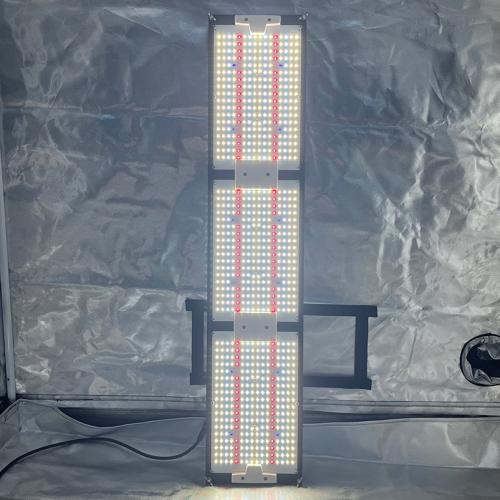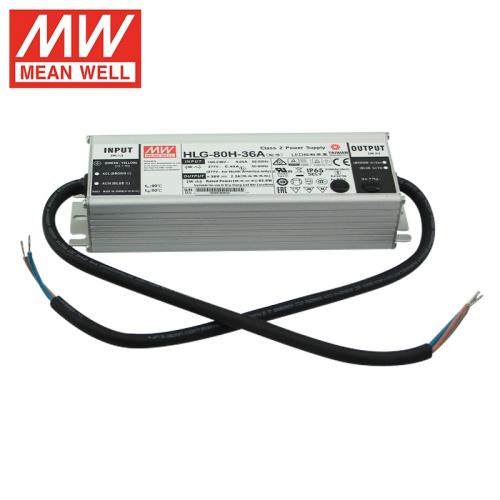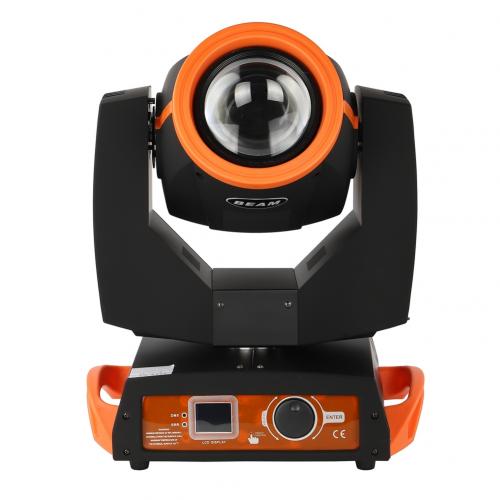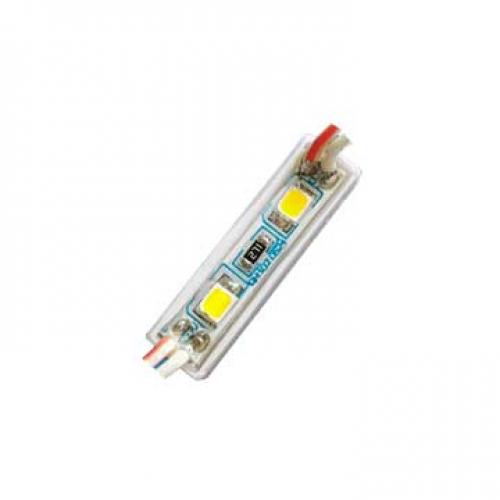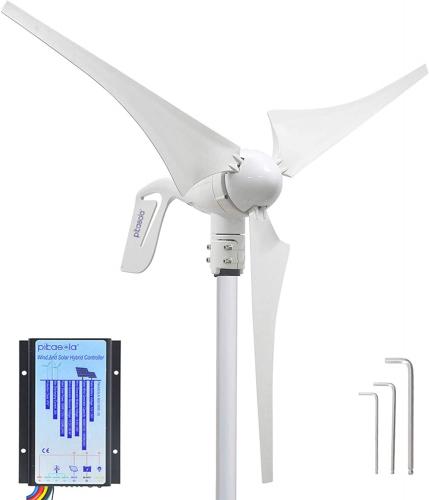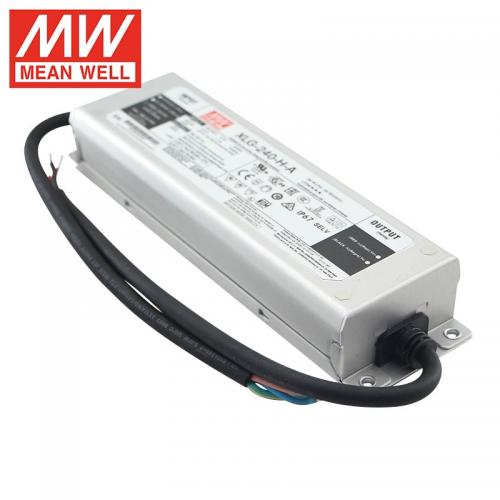Will 3000 watts run a house?
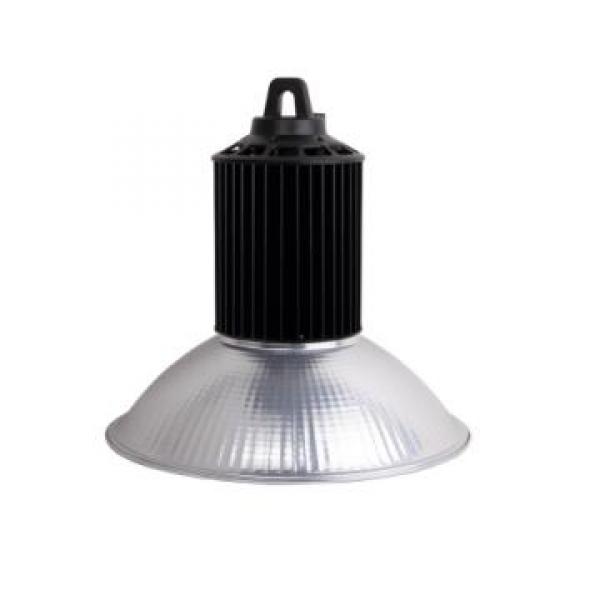
When it comes to powering a house, the question of whether 3000 watts is sufficient is a common one. The answer largely depends on the size of the house, the number and type of appliances, and the overall energy efficiency of the home. In this article, we will explore the concept of wattage, how it applies to household energy needs, and what factors determine whether 3000 watts will be adequate for running a house.
Understanding Wattage and Energy Consumption
Wattage is a measure of electrical power, and it indicates the rate at which electricity is used or generated. In the context of household energy consumption, wattage helps determine how much power is required to operate various appliances and systems. To understand whether 3000 watts can run a house, it's important to consider the energy consumption of typical household items.
Typical Household Energy Needs
The energy needs of a household can vary significantly based on several factors, including the size of the house, the number of occupants, and lifestyle choices. However, we can look at some average estimates to get a general idea:
-
Lighting: Modern LED lights consume between 5 to 20 watts each, depending on brightness. If a house uses 20 LED bulbs, the total consumption could be around 200 watts.
-
Refrigerator: A typical refrigerator consumes between 100 to 800 watts, with an average around 400 watts.
-
Heating and Cooling: HVAC systems can be one of the largest energy consumers. A central air conditioning system can use between 2000 to 5000 watts, while a heater might use similar amounts.
-
Other Appliances: TVs, computers, and other electronics can each consume anywhere from 50 to 300 watts. A washing machine might use around 500 watts during operation.
-
Miscellaneous: Charging devices, kitchen appliances, and other small items can add up to several hundred watts.
Calculating Total Wattage Needs
To determine whether 3000 watts is sufficient, you must calculate the total wattage needed by your household. For instance, if you have the following appliances running simultaneously:
- Lighting: 200 watts
- Refrigerator: 400 watts
- Air conditioning: 2500 watts
- Television: 100 watts
- Miscellaneous: 300 watts
The total would be 3500 watts, which exceeds the 3000-watt capacity. This means that not all appliances can be run at the same time without exceeding the available power.
Energy Efficiency and Prioritization
One way to ensure that 3000 watts can effectively power a house is to focus on energy efficiency. This involves using energy-efficient appliances, optimizing usage times, and prioritizing essential devices. For example, using LED lighting, energy-efficient refrigerators, and smart thermostats can significantly reduce energy consumption. Additionally, staggering the use of high-energy devices, such as the air conditioner and washing machine, can help manage the load within the 3000-watt limit.
Alternative Solutions
If 3000 watts is insufficient for your needs, consider alternative solutions:
-
Upgrade Your Power Source: If you're using a generator or solar system, consider upgrading to a higher capacity model that can handle more wattage.
-
Energy Management Systems: These systems allow you to monitor and control energy usage in real-time, helping to optimize consumption and prevent overloads.
-
Battery Storage: Battery systems can store excess energy and provide additional power when needed, effectively increasing the available wattage.
Conclusion
Whether 3000 watts can run a house depends on several factors, including the size of the house, the efficiency of appliances, and the lifestyle of the occupants. While 3000 watts might be sufficient for a small, energy-efficient home, larger homes with more appliances may require additional power. By understanding your household's energy needs and implementing efficiency measures, you can make the most of a 3000-watt power source. If needed, consider upgrading your power system or using energy management solutions to ensure your home runs smoothly without exceeding energy limits. Ultimately, the key lies in balancing energy consumption with available resources, ensuring that your home remains powered effectively and sustainably.

 Afrikaans
Afrikaans Čeština
Čeština Dansk
Dansk Deutsch
Deutsch Español
Español Francais
Francais Italiano
Italiano Magyar
Magyar Nederlands
Nederlands Norsk
Norsk Polski
Polski Português
Português Română
Română Slovák
Slovák Suomi
Suomi Svenska
Svenska Tiếng Việt
Tiếng Việt Türk dili
Türk dili Ελλάδα
Ελλάδα Русский
Русский اللغة العربية
اللغة العربية แบบไทย
แบบไทย 中文繁體
中文繁體 日本語
日本語 한국인
한국인
